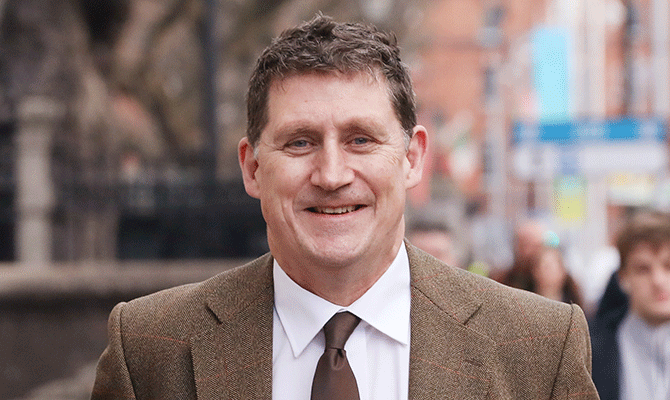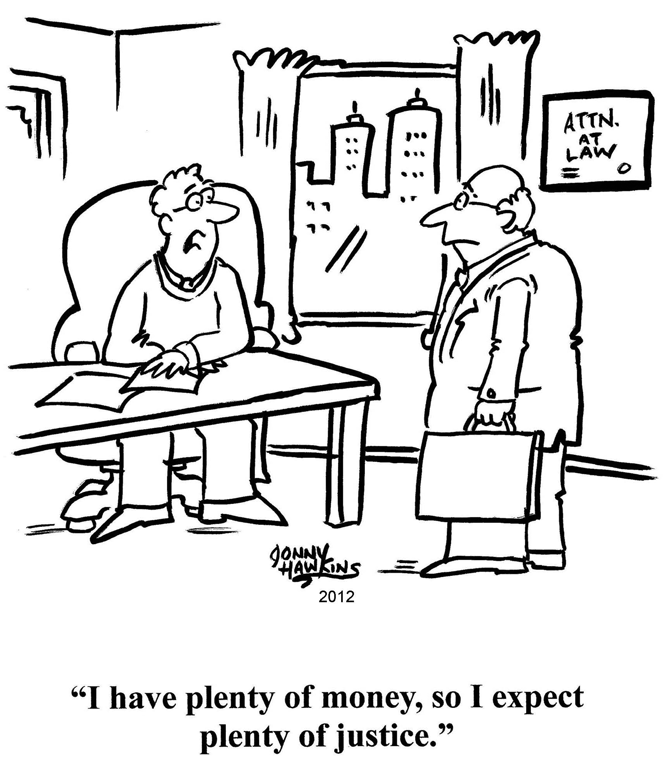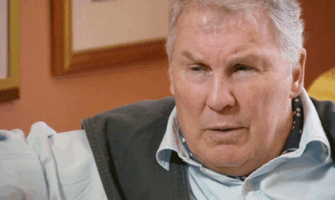
Eamon Ryan
At first glance, there was nothing radically new in the release this week by the Intergovernmental Panel on Climate Change (IPCC) of its synthesis report, which draws together the various strands of its blockbuster Sixth Assessment Report into a condensed, more accessible format.
There is, however, one seemingly subtle yet crucial change. For the first time in its 30-year history, the IPCC has stated the obvious in its headline statement: that carbon dioxide emissions from “existing fossil fuel infrastructure without additional abatement would exceed the remaining carbon budget for 1.5C”.
This is the first time that the IPCC has explicitly nailed fossil fuel emissions as being on target to push humanity right over the climate cliff. The reason this self-evident statement has taken until now to appear in print owes much to the tireless lobbying of petro-states from Saudi Arabia and Russia to the US and Canada among others. They have ensured that the elephant in the room of climate negotiations has remained hidden.
The new synthesis report also makes clear that things are about to get much worse, much more quickly than previously understood. For any future warming increase, “many climate-related risks are higher than assessed in previous reports and projected long-term impacts are up to multiple times higher than currently observed”.
Considering how unpredictable and extreme global weather has become in just the last decade, it is chilling to learn that this may become “multiple times” worse than today.
The window, as outlined by the IPCC report, to avoid the nightmare scenario of global climate breakdown may not yet be fully closed but it is no more than barely ajar.
“Rapid and far-reaching transitions across all sectors and systems are necessary to achieve deep and sustained emissions reductions and secure a liveable future”, it adds.
In other words, everything must change, and change now – not in five, 10 or 30 years’ time. The report places the greatest onus on rich countries (like Ireland) to act first and fastest as they have the resources and technology to rapidly decarbonise their economies and societies. All that is lacking is the political will.
Given the overwhelming gravity of the climate crisis, how is Ireland faring? New EU data shows that, in the third quarter of 2022, Irish emissions shot up by 17% compared with the same quarter a year earlier as our post-pandemic rebound continued. This was the highest rate of increase in Europe.
Per capita, Ireland is now the worst polluter in the entire EU, thanks in no small measure to spiralling emissions from livestock, mostly driven by break-neck dairy industry expansion.
Climate minister Eamon Ryan, back from his St Patrick’s Day travels to the Far East, reiterated this week that the Climate Action Plan 2023 is “one of the most ambitious laws in the world”, which sets out a roadmap for 51% emissions cut by 2030. But it is increasingly clear that the very best we can achieve by the end of this decade would be just a small fraction of this headline number, with sectoral lobbyists across agriculture, energy and transport digging in to resist even the mildest of targets that could in any way impact on profits.



















